Blog
Explore the Power of Lithium Innovation
Stay updated with the latest trends, technologies, and application insights in the world of lithium battery solutions
Search the whole station
Explore the Power of Lithium Innovation
Stay updated with the latest trends, technologies, and application insights in the world of lithium battery solutions
The main difference between 3.7V lithium batteries and 3.6V lithium batteries lies in their nominal voltage and capacity. A 3.7V battery outputs 0.1V higher than a 3.6V battery. In practical use, as long as the appearance and wiring positions match, these batteries can generally be used interchangeably, especially in devices that allow voltage fluctuations.
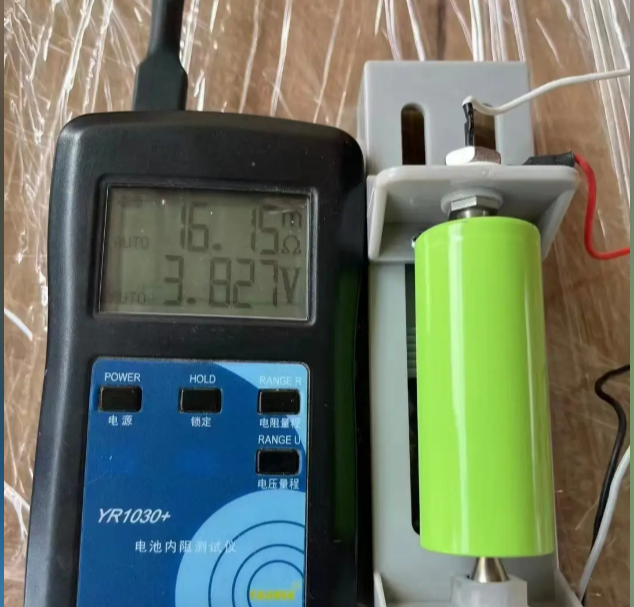
The only difference is in their rated voltage; there are no other distinctions. The discrepancy arises from different electronics industry standards. Sometimes, the voltage refers to the maximum working voltage of a single cell, and sometimes to the minimum working voltage.
Both 3.6V and 3.7V batteries are widely used in:
They are favored for their high energy density and long cycle life.
3.6V and 3.7V 18650 lithium batteries can be connected in series for higher voltage output. Since their voltages are very close, this is generally safe. However, for safety, it’s important to ensure that the batteries in the series have similar voltage and capacity to prevent over-discharge or overcharging.
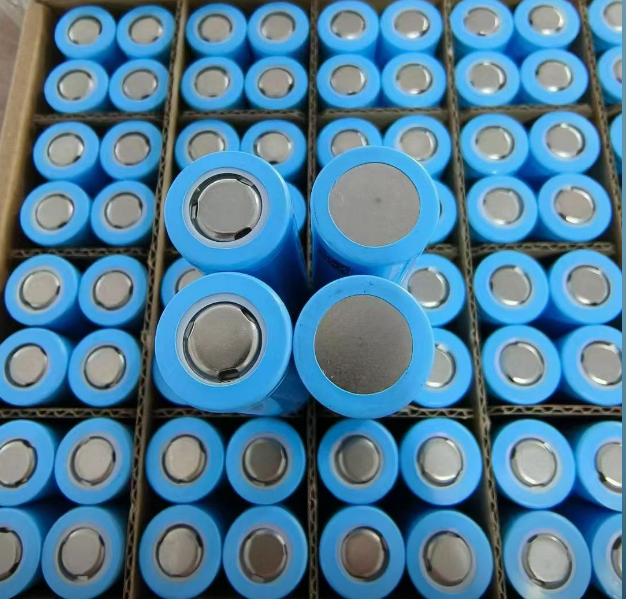
Lithium batteries can be divided into:
3.8V vs 3.7V Lithium Batteries:
Charging Considerations:
While there is a nominal voltage difference between 3.6V and 3.7V lithium batteries, they can often be used interchangeably, especially in devices that tolerate minor voltage fluctuations. With technology improvements, 3.7V lithium batteries have become the mainstream choice due to higher energy density and better performance.
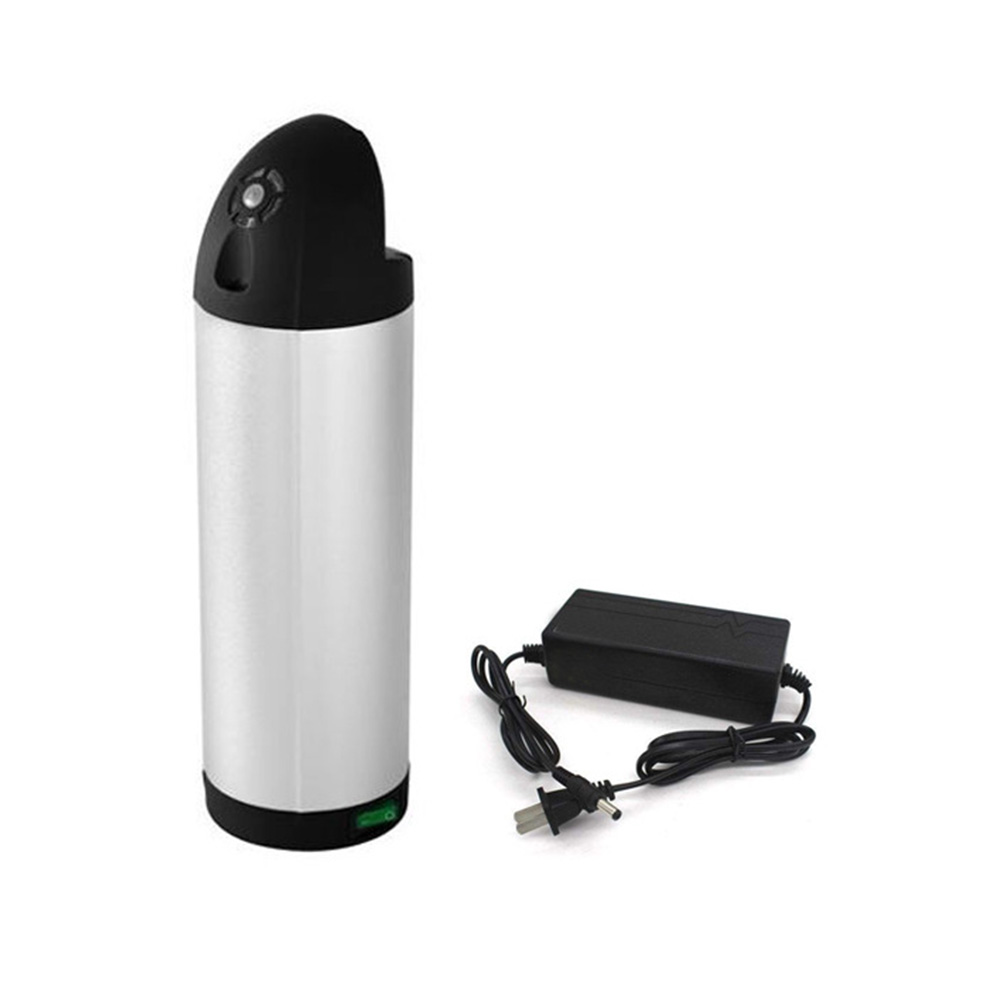
High-performance 36V 10Ah water bottle lithium battery for electric bikes. Lightweight 3.5kg, fast charging in 1.5–2 hours, safe & durable with up to 500 cycles. Ideal for commuting and long rides.
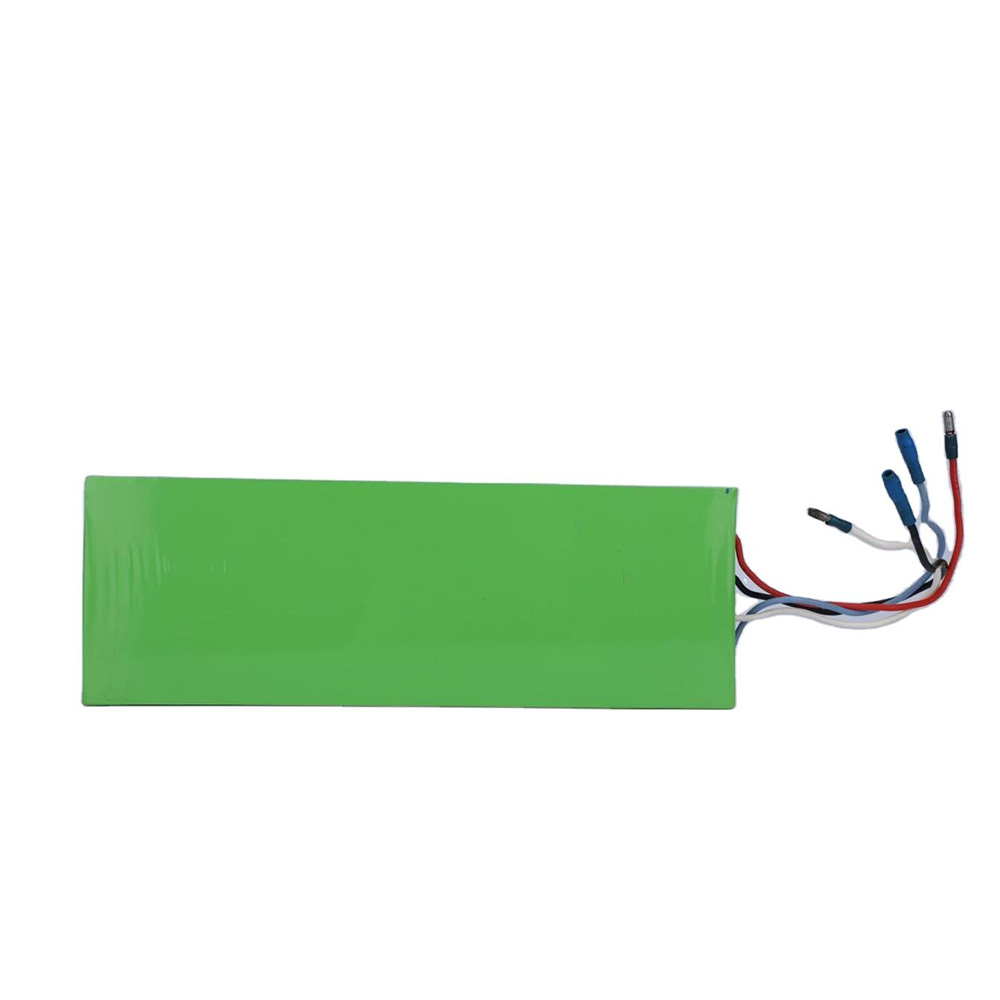
high-performance 18650 Battery 4000mAh, offering stable 24V power and deep cycle support. Perfect for electric scooters, power tools, and energy storage systems. Built-in safety protections ensure long-lasting, reliable performance.
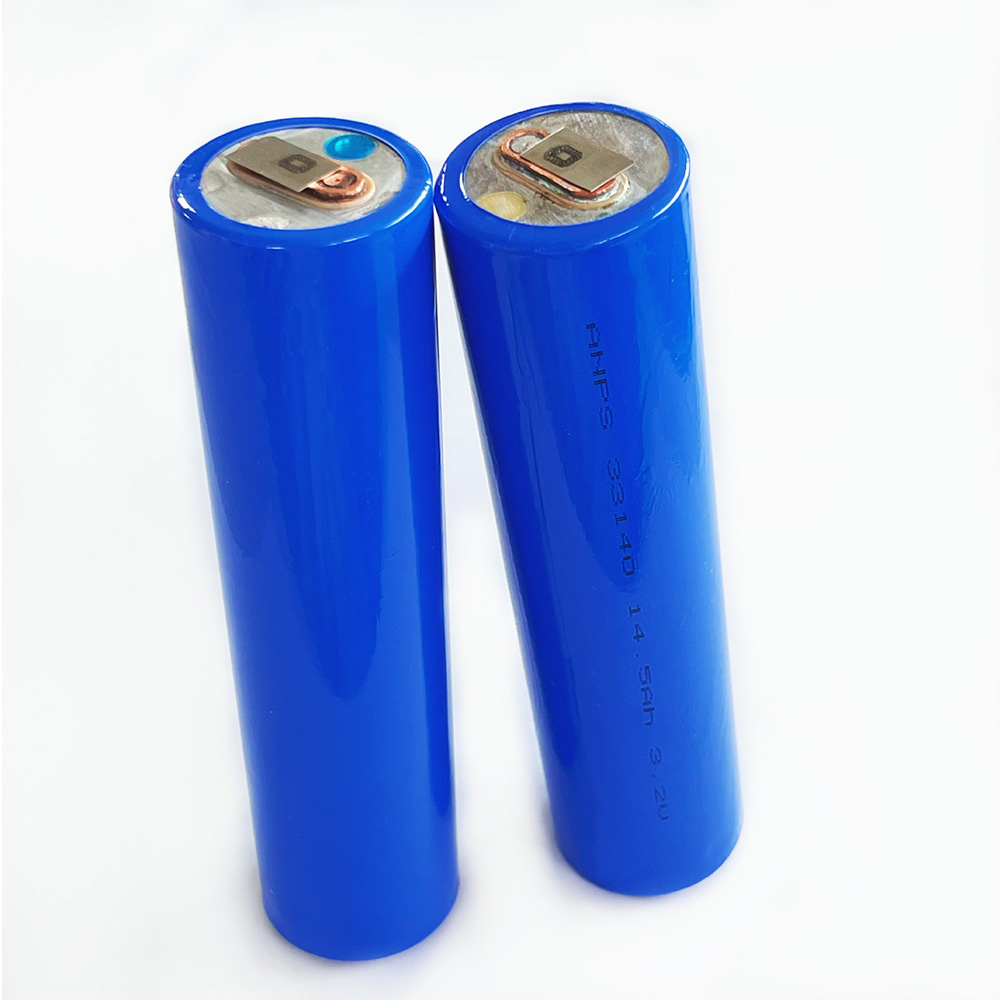
Apsenx 33140 LiFePO4 battery cell (14500mAh, 3.2V). High capacity, long cycle life, safe chemistry. Ideal for ESS, EV, UPS, and solar storage.
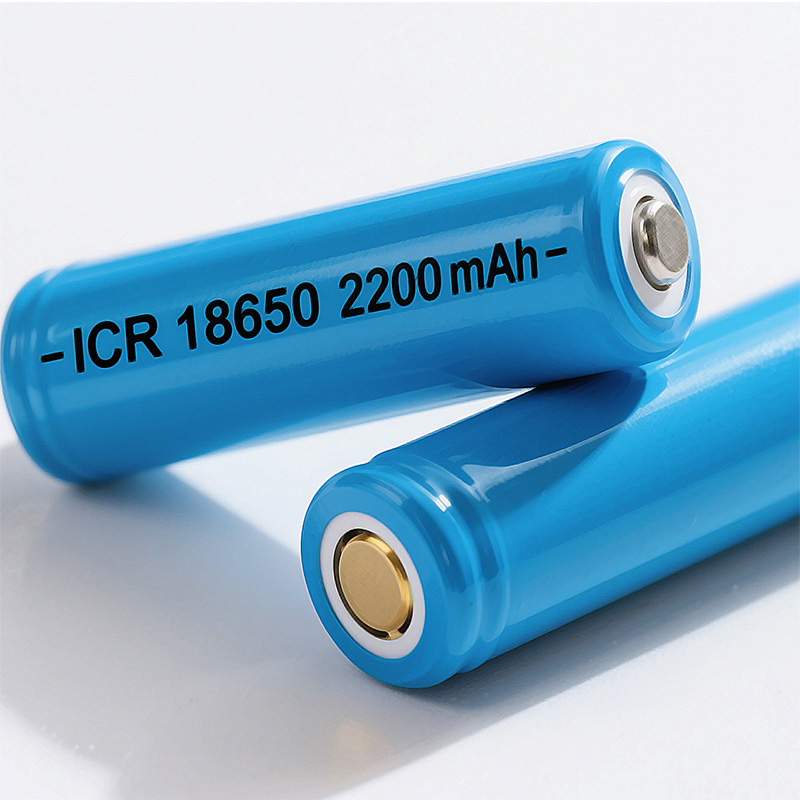
Wholesale ICR 18650 2200mAh 3.7V lithium batteries with optional customized packs. Supports external wiring and various wire leads to meet your project-specific needs.
Learn how to choose the best 18650 rechargeable battery by considering capacity, discharge rate, brand quality, safety features, and price. Find the right battery for your devices.
View detailsDiscover the wide range of applications for 18650 batteries 1500mAh 3.7V, from portable electronics and e-cigarettes to lighting, wireless tools, and electric vehicles.
View detailswhy 8 volt golf cart batteries 6 pack is the most trusted golf cart setup. Real-life comparisons of 6V, 8V, and 12V batteries covering lifespan, power, and cost.
View detailsDiscover the industrial uses, cell requirements, and supplier selection tips for 10S4P 18650 battery packs. Learn how to choose high-quality, customizable packs for electric transportation, energy storage, and industrial equipment.
View details
HelloPlease log in